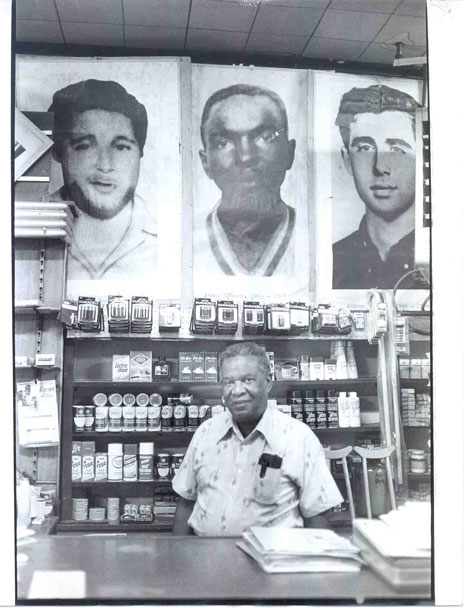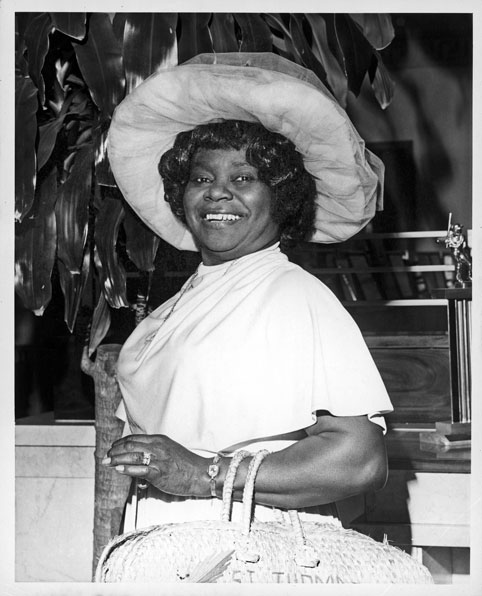It is by knowing where you stand that you grow able to judge where you are...
...One place comprehended can make us understand other places better.
Eudora Welty
This website provides information about 'Crossroads at Clarksdale' and the author, as well as useful resources for educators and students. The interactive timeline breaks down the book's chronology and grounds the local story in a national timeline of mass struggle during this time period.

Aaron Henry in later years at the Fourth Street Drugstore
Credit: Mississippi Valley Collection, Special Collections, The University of Memphis
Clarksdale's claim to fame revolves around its rich Blues history, nurtured in the fertile soil of the Mississippi Delta.
The city has embraced its Blues heritage, promoting tourism with its museum, galleries, art and music haunts. The Crossroads of highways 49 and the old 61 (now 161) is the city's famous landmark, anchoring bluesman Robert Johnson's pact with the devil – his soul for music mastery. The Delta is dotted with markers to educate visitors about the famous musicians and vocalists who either originated from or found their way to Clarksdale, honing their skills and leaving their legacies.
Less known, less celebrated and unacknowledged, the history of the local black freedom struggle remains in the shadows of national stories of Rev. Martin Luther King, or the regional stories of the Student Nonviolent Coordinating Committee (SNCC) and their multilayered organizing efforts in neighboring counties in the state. 'Crossroads at Clarksdale' privileges the history of mass civil rights movement in Coahoma County from the end of World War II to the turn of the twenty-first century.

Vera Pigee in later years
Credit: Mary Jane Pigee Davis personal collection
The book introduces new names to the list of activists from the Magnolia State, particularly Dr. Aaron Henry and beautician Vera M. Pigee. It complicates black leadership with ground level descriptions of the daily task of organizing, managing and decision-making that exposed rivalries, disagreements, compromises and coalitions, as well as community understandings about sexuality and gender. This local story reveals the layered (and sometimes fraught) relationships between and within civil rights organizations from the national to the local levels and adds those tangled threads to relations with government officials (from federal to local) and those dedicated to thwarting the progress of black civil and human rights.

